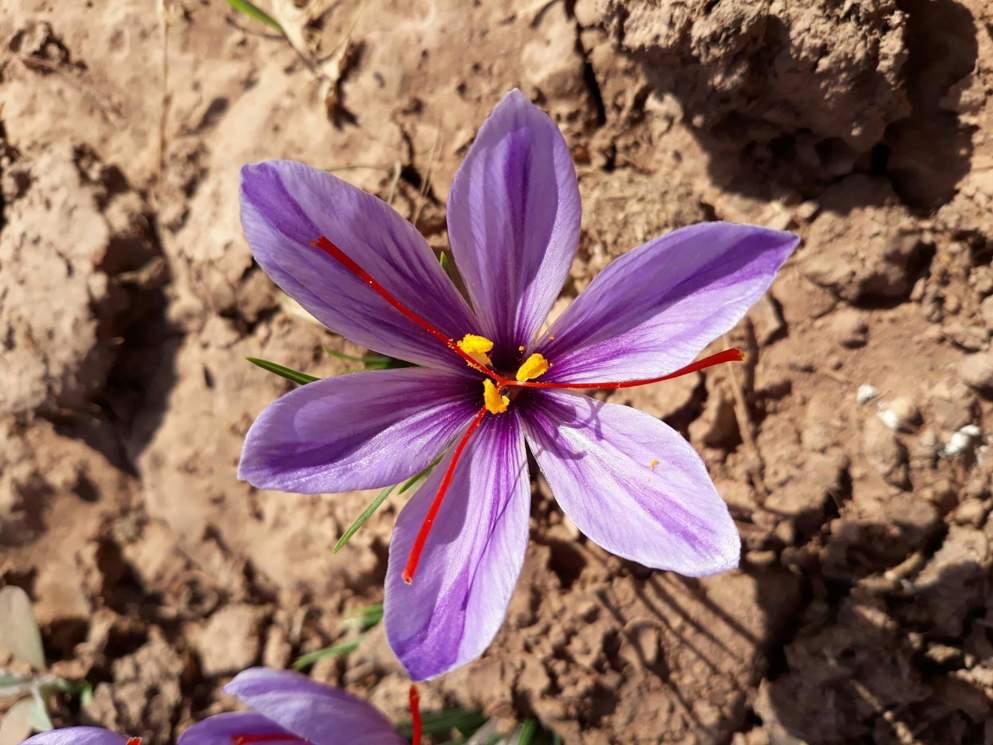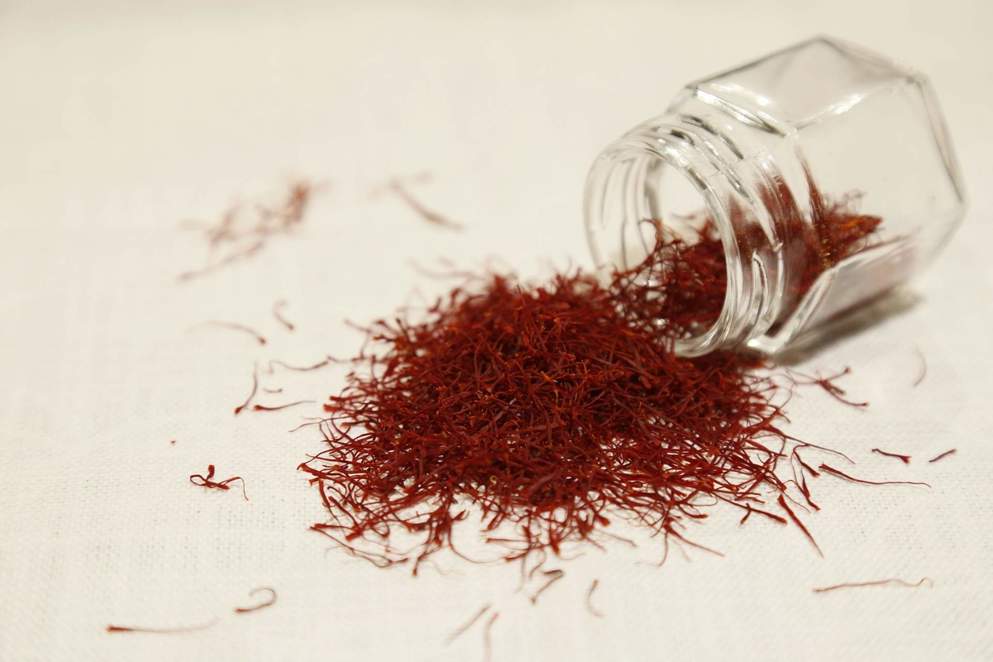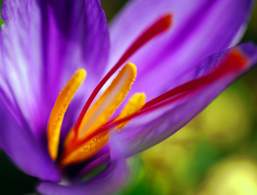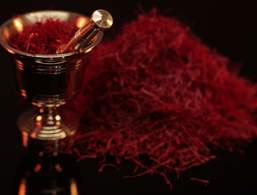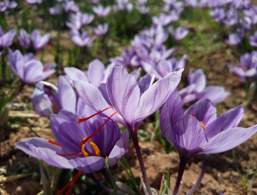Saffron from Lake Garda - Cultivation, purchase & use
Known as the "red gold" of spices – and for good reason. At Lake Garda, with its mild climate and fertile soil, a small but exquisite amount of high-quality saffron is produced. But what makes saffron from Lake Garda so special? Where can you buy it, and how is it best used? Here, you'll learn everything about this noble spice from northern Italy.
A rare treasure
Why is saffron cultivated at Lake Garda?
Lake Garda’s Mediterranean climate provides ideal conditions for saffron cultivation. Particularly in Lombardy and Trentino, there are a few small producers dedicated to growing this precious spice.
The history of saffron in Italy
Saffron was highly valued even in ancient times, with unique properties attributed to it. Its significance is evident from its mention in historical works such as the Bible and the Iliad. Since the 14th century, saffron has also been cultivated in Italy, particularly in the region around Milan, where it is famously used in the dish "Risotto alla Milanese".
Cultivation at Lake Garda
Climate & soil conditions
The plant thrives best in sandy, well-drained soils. The sunny slopes around Lake Garda provide perfect conditions for its growth. Saffron is primarily cultivated in the hilly areas at the foot of Monte Baldo, in Pozzolengo, Pravelle, and Gargnano.
In Pozzolengo, specifically at Azienda Agricola Al Muràs, high-quality saffron has been successfully cultivated since 2001, with an annual production of around 3 kg. Producing just 1 kg of saffron requires approximately 150,000 flowers.
The saffron from Pozzolengo is sold to restaurants and private customers or used in handmade baked goods, jams, and honey. Another area known for high-quality saffron cultivation is around Desenzano and Lonato in the southern part of Lake Garda.
Harvesting – Handcrafted for the highest quality
The bulb of the perennial plant is planted in August. In autumn, it sprouts and finally blooms between October and November. Saffron cultivation at Lake Garda is entirely organic, without fertilizers, pesticides, or chemical substances. The spice is obtained from the stigma of the saffron crocus (Crocus sativus).
During the short flowering period in autumn, the vibrant red, sweetly aromatic three stigmas are hand-picked in the morning, then dried over glowing coals of fine wood before being packaged. This meticulous process makes saffron one of the most expensive spices in the world.
A precious & exceptional spice
Saffron is not only renowned for its exquisite taste but also for its health benefits. It contains crocin, a natural pigment rich in antioxidants. Additionally, saffron has detoxifying and digestive properties, while its vitamin B2 content stimulates metabolism.
In Italy, saffron is widely used to enhance appetizers, main courses, as well as bread and desserts. Traditional dishes featuring this luxurious spice include Risotto alla Milanese and pasta with saffron sauce.
Where can you buy saffron from Lake Garda?
Local producers & markets
Saffron lovers should take home a small supply from Lake Garda or enjoy delicious saffron-infused dishes at local restaurants. Some farms and agriturismi sell saffron directly to visitors. Small producers can be found especially around Riva del Garda and Malcesine. Some agriturismi also offer tours and tastings, where visitors can learn more about saffron cultivation and its uses.
Online shops & direct shipping
For those unable to visit Lake Garda, saffron from the region can also be purchased online. Trusted shops offer certified saffron with proof of origin.
How to recognize genuine saffron?
Quality characteristics
- Deep red colour
- Strong, aromatic fragrance
- Slow colour release in water
Dangers of fake saffron
Counterfeit saffron is often mixed with turmeric or artificially coloured fibres, reducing its quality and authenticity.
